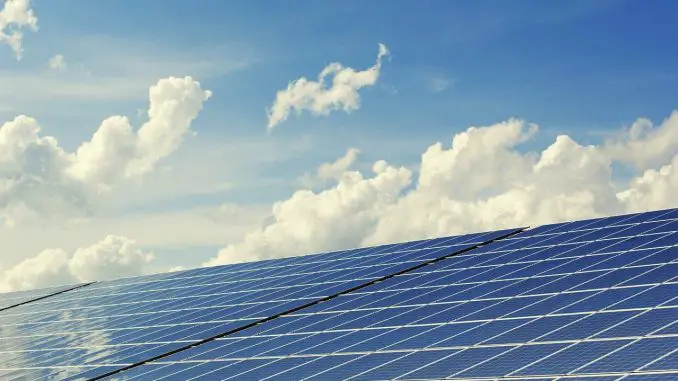
All energy production gives rise to some environmental impact. However, electricity from solar cells has several environmental benefits compared to other types of energy, not least compared to fossil energy such as coal and oil.
While your solar cells produce electricity on the roof of your house, their environmental impact is small. The operation is quiet and normally does not give rise to any emissions.
Also, by placing the solar cells on the roof, no additional land is needed to produce the electricity. In addition, electricity generation and electricity use occur close to each other, which reduces transmission losses in electricity grids.
The greatest environmental impact is manufacturing
The largest environmental impact of solar cells arises in manufacturing. This is because they often contain materials that require a lot of energy to produce. So, when the environmental impact of solar cells is to be calculated, it is of great importance where they are produced and what energy was used in the production. Some solar cells also contain small amounts of substances that can be toxic or rare.
More than half of the world’s solar cell production is in China today. Because coal is used in their energy systems, among other things, the production of solar cells in China means an increased climate impact. At the same time, solar cells can help reduce the use of fossil energy while they are in operation by producing renewable energy.
The energy payback period indicates how long it will take to generate the corresponding amount of energy used in manufacturing, transport, and operation. For solar cells, it is generally about two to three years.
Solar cell recycling
Just as manufacturing is energy-intensive, so much energy is needed to recover solar cells. Recycling can also give rise to environmentally harmful emissions if it is done incorrectly, for example in countries that do not have legislation for the management of electronic waste.
Within the EU, recycling of solar cells is covered by a directive regulating the recycling of electronic products, the WEEE directive. This means that everyone who sells solar cells in the European market is subject to producer responsibility to ensure that the product is recycled correctly. The retailer or manufacturer must inform the consumer of where the product is to be delivered when it is worn out. It is most common to leave the solar cell for recycling through the municipal recycling centers in many countries. In turn, they collect electronic products for a collection system approved by the government for electronic waste.

Leave a Reply